Boxed In: Studies of Claustrophobia in Games
Or: how to make the player feel trapped when they're sitting in a comfy chair at home.
Content Warning: please be aware that this article contains detailed discussion and analysis of various phobias and anxiety-related conditions such as claustrophobia, panic attacks, generalized anxiety, thalassophobia, agoraphobia, etc. Examples of scenes from video games deliberately evoking these fears are discussed. In some cases the material is shown via embedded YouTube videos - please use your discretion in terms of linked/embedded content.
Overview:
Claustrophobia, derived from the Latin claustrum meaning “a shut-in place” and the Greek phobos meaning “fear,” is most commonly defined as a fear of enclosed spaces. While this term is used colloquially in both its noun and adjective forms, claustrophobia is an intense psychological phenomenon which can impair an individual’s ability to participate in the world around them.
Phobias, as opposed to more everyday objects of fear or dread (such as having to go to the dentist or taking a big test), are marked by “an overwhelming and unreasonable fear of objects or situations that pose little real danger but provoke anxiety and avoidance.” Like most psychological phenomena under the bio-psycho-social model, a combination of nature and nurture is likely involved in the development of such phobias. This includes things like genetics, socialization, traumatic experiences, etc.
An overview of Claustrophobia from the medical reference StatPearls clarifies that defining claustrophobia as merely a fear “enclosed spaces” is somewhat inaccurate. Instead, “claustrophobic people are not frightened of enclosed spaces per se but of what could happen in the enclosed space.” The overview also showcases the wide variety of what this “closed space” could be, citing examples such as “engine rooms, small or locked rooms, cellars, tunnels, elevators, MRI machines, subway trains, crowded places” etc.
In this way, claustrophobia is very akin to its polar opposite: agoraphobia, roughly translated from its Greek roots as “fear of the marketplace,” but commonly defined as “a fear of open spaces.” However it is more accurately an anxiety about being in a place “from which a potential escape is difficult, or help may not be readily available.” In short: both are about the ability to achieve safety when in a particular space, be it a wide open one or a shut-in one - more on that later.
Those who experience claustrophobia report a wide variety of psychological and somatic symptoms during an “attack,” which are fairly consistent with the fight-or-flight response of the sympathetic nervous system.
Like with most phobias and anxiety conditions, in instances of claustrophobia the fight-or-flight response is engaged as a survival mechanism. It’s a raw, ancient sense of self-preservation kicking in, with the amygdala (the “fear center” of the brain) essentially screaming “GET OUT OF THERE!”
Now, Resident Anna is a Maslow’s-Hierarchy-of-Needs-free-zone as it has been largely discredited in its traditional form by the psychological community. This is for a multitude of reasons (including the ridiculous allonormative notion that if you don’t have sex, you as an individual will die), but the concept of base survival needs remains very real. Depending on who you ask, what these “basic survival concerns” are is up for debate, but a brief survey of sources indicates that can typically be sorted into the following categories:
Air
Food and Water
Shelter (warmth, or in survival situations, fire)
Sleep
Connection (human interaction) and Safety (physical and emotional)
These base needs are so critical for survival that even simulated or theoretical threats can be frightening: just take a look at video games. When developers are able to create a sense of claustrophobia within a digital environment, it also echoes the claustrophobic/agoraphobic tenant that despite the fear, the person experiencing it is in no danger whatsoever. Logically, the individual may even be acutely aware that their fear is irrational, but it is still impossible to shake.
This is why we can make games out of it. The player may feel threatened, when in fact there is nothing even remotely unsafe happening - most are merely sitting at their computer or on their couch in their current abode. But still, a sense of danger can be induced to a degree that a player feels that sense of “I need to escape. I am unsafe.”
When games are able to create that sensation, it’s a real feat: using design to hijack our biology by means of psychology? That’s bananas. But for horror games, that’s the average Tuesday.
So from here, let’s look at some case studies of video games that have been able to use claustrophobia - combined with some additional design tricks - to up the ante on tension. You know! For fun! :)
Case Study: Shadow of the Tomb Raider (2018)
“At the root, as humans we identify the person we're facing as someone like ourselves.”
While this franchise is not inherently considered horror, Crystal Dynamics’ Shadow of the Tomb Raider really knocked it out of the park in the claustrophobia department. Tombs aren’t exactly known for their open-concept floorplans, so elements of claustrophobia have consistently been present within this franchise since its inception. Shimmying through small openings is just par for the course!
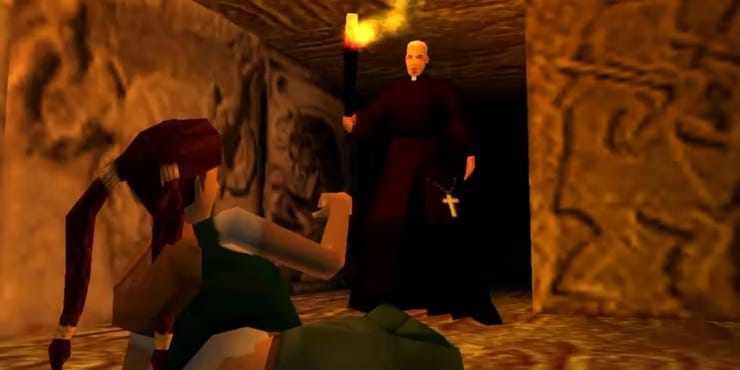
Shadow of the Tomb Raider really kicked it up a notch in the small spaces department. There are multiple sequences in the game where Lara must navigate rocky spaces mere inches wider than her own frame, including one where her leg is trapped by a fallen rock, inducing a 127 Hours-like moment where she must break free.
But where this particular title truly excels is its inclusion of underwater portions, which stacks the danger of small spaces with the potential of drowning. As someone who doesn’t experience claustrophobia, the first clip above doesn’t bother me that much… but this added element even manages to squick me out in a claustrophobic way… when I’m not absolutely dazzled by that gorgeous underwater lighting, of course!
Rich Briggs, Senior Brand Director of Crystal Dynamics during this title, told VentureBeat in 2018:
“We wanted it to feel like a survival situation. We wanted it to feel very claustrophobic at times, wondering if you were going to make it through that tunnel. That was modeled after some research we did. We looked at the cenotes down in Mexico, this tunnel system where people had to leave their oxygen behind to squeeze through these very narrow tunnels. They didn’t know what was on the other side, but they would do it to explore.”
- VentureBeat
Cool! I hate that.
But hot dang if they didn’t nail it.
But what is it about the underwater component that makes this literally the stuff of nightmares?
Ben Kuchera, previously of Kotaku, noted how the addition of water strips Lara - and thus, the player - of the thing that’s most commonly used to self-soothe in fight-or-flight situations: your breath.
“But you can’t stop and take a deep breath when you’re underwater. You can’t take a moment to calm yourself down. The clock is already running; if you don’t keep moving in a calm and purposeful manner, you’re dead. There is no way to take a moment and figure out your next move.”
- Ben Kuchera, Kotaku
The knowledge that breath is inexorably tied to anxiety and survival is ancient, but modern science has recently been able to back this up with data. As Kuchera notes, one of the instinctual things a person may do when in a moment of panic is attempt to take deep breaths - this stimulates the parasympathetic nervous system (sometimes referred to as the “rest and digest” response), indicating to the body that they are safe. This creates a cascade of effects to counteract any fight-or-flight processes already in motion, most notably that of an increased heartrate.
As seen in Figure 2, higher heart rate variability (HRV - the degree of change in the time between heartbeats) is typically seen with a higher breathing frequency, with a maximum HRV typically seen at around the rate of six breaths per minute. Essentially: the slower the breaths, the more chill you are and vice versa. And in Lara’s case? She doesn’t have any breaths to take while submerged.
But what about the player? They can take a breath.
Or… can they?
Have you ever experienced pain or a strange sensation when someone onscreen got hurt? If you’ve ever seen someone barf - have you also had the sudden urge to barf? Have you ever caught yourself making the same expression as someone is described as making in a book? Congratulations! You’re human!
“Mirror neurons” are a particular variety of neuron that responds to actions exhibited by others in exactly the same manner as if we had performed the action ourselves. Their discovery in the 1980s by an Italian team of neuroscientists is heralded as “one of the most important discoveries in the last decade of neuroscience,” with widespread implications on the processes by which we learn, interact, and empathize with those around us.
If you’re anything like me, you may have watched those clips of Lara and hadn’t even noticed that you were holding your breath as if you were in the water beside her. This is a result of those mirror neurons firing subconsciously. “This neural mechanism is involuntary and automatic," neuroscientist Vittorio Gallese, MD, PhD, told the American Psychological Association. Gallese continued about his own research, but I felt it was incredibly prescient for the medium of video games (and all other art forms) as well: “it seems we're wired to see other people as similar to us, rather than different… At the root, as humans we identify the person we're facing as someone like ourselves.”
If the player is so moved by the presented events onscreen that they find themselves subconsciously mirroring the situation, it perhaps should be considered the highest honor a designer can imagine. It brings the terror one more step closer into the real through the dedication and care of the developers.
This multifaceted nature truly brings maximum claustrophobia during these underwater sequences: fully cashing in on multiple base-fears that really bring out the “squick” factor. While Shadow of the Tomb Raider isn’t necessarily a horror game, it has absolutely earned its inclusion here.
Case Study: Outlast (2013)
“It’s about having the player suffer.”
Ah, the original Outlast. A horror game from a simpler time. This game, made by Montreal-based studio Red Barrels, is one of those games (or, honestly, entire series) that you should never ask me about my opinions on the narrative or I will scream. So let’s not talk about it in great detail. Ok? Ok. :)
In short: you play as investigative journalist Miles Upshur as he follows an anonymous tip and enters and subsequently documents the state of Mount Massive Asylum in the wilds of Colorado. As you can imagine: it’s a mess.
It’s also very, very dark. Despite my personal qualms with the narrative(s) of this franchise, Outlast is included on this list because it does some really neat things in regard to claustrophobic level design - including tampering with perception due to reduced field of vision.
You see, Miles, being a journalist, has brought his trusty camcorder with him. This camera goes from being the figurative lens a journalist might see the world through to a very literal one, as Miles relies on the night vision capabilities of his camera’s viewfinder in order to navigate the dilapidated hospital. This means that much of the art direction of the game is done via the ghostly green associated with night vision footage. It immediately made the game stand out in terms of aesthetics and gave the entire experience a sort of “found footage” feel.
The player can switch back and forth between night vision, regular vision (with camera), and regular vision (sans camera). This automatically creates a sense of disorientation - and the slight fuzziness in the depth of field in night vision means that even when the player has it engaged, they still don’t have all of their visual faculties. This very much replicates the visual effects real-world night vision technology, which notably tampers with depth perception. According to a 2015 safety briefing from the Federal Aviation Administration “users tend to overestimate distance and underestimate depth. That’s because loss of detail, which arises from the fact that the NVG [night vision goggle] user is viewing an object on a screen, can make users think objects are farther away.”
The oppressive darkness when in normal view and diminished depth of field in night vision already makes the environment of the hospital feel more claustrophobic: even if the geometry itself isn’t, the navigable space feels tighter. Outlast teaches us that it’s perhaps the perception of being in an enclosed space that matters as much as being in the space itself: as when you’re in a survival situation, the brain is much more apt to draw conclusions that current perceptions are, in fact, reality. No time to think or analyze - no capacity for perspective. Just go. Just run.
The feeling of being trapped rises as the player heads deeper into the hospital and discovers something vaguely supernatural is going on too. The player increasingly feels vulnerable throughout the gameplay - and since Outlast was released in a post-Amnesia: the Dark Descent world, it falls in line with the early 2010s trend of giving the protagonist no means to defend themselves whatsoever (save for running and hiding).
“The core gameplay experience is about no combat," Red Barrels' co-founder Philippe Morin told Polygon in 2013, "it's about having the player suffer."
Since combat is out of the question (at least for Miles, his opponents seem very very interested), Miles will often find himself squeezing through tight spaces such as between shelves, inside of air vents and lockers, and even hiding under patients’ beds in order to escape his pursuers. This creates the very real enclosed spaces as opposed to the perceived, meaning that it really doubles up on the claustrophobia. Couple all of that with traversing winding hallways, stairwells, and sewers… honestly, no wonder the patients are trying to leave!
Outlast even pokes fun at itself for this, as there is an achievement you can unlock if you complete the entire game without hiding in a locker or under a bed: Claustrophobe.
Iron Lung (2022)
“Is it really more comforting if nothing is there?”
If Outlast fucked around with limited visibility as a means of creating a sense of claustrophobia, then Iron Lung is finding out. This game, which received an honorable mention in the previous installment of Resident Anna, will get a full deep dive (pun intended) here.
Iron Lung (2022) is an indie psychological horror game and soon-to-be movie developed by David Szymanski that takes place entirely within the miniscule interior of a rickety submarine. The player assumes the role of a convicted prisoner, one of the few surviving members of humanity following an event known as the “Quiet Rapture.” They have been told that if they are able to navigate the literal ocean of blood on this planet and gather the requested intel, you will be rewarded for your efforts by being released. Simple enough, right?
It’s the simplicity of this game’s setup that betrays its brutality. In fact, there’s little psychological or textbook references I have for this one: the stripped-down bleakness of this game is in itself the delivery mechanism and the result. And the gameplay is simple enough, too: using a set of dials and meters, the player must navigate their submarine through a blood ocean they only have a crude map of.
They must approximate their location on said map via the above console - which they are conveniently told by the only garbled voiceover in the game, that they don’t have time to be trained on. The game begins by leaving the player to fend for themselves as the submarine sinks into the bloody depths. The only tools at their disposal are a combination of coordinates, alarm-based proximity sensors, and their only window to the outside: a camera which produces staticky black and white composite image (with a few-second delay, of course).
“Iron Lung almost seems like the terminal destination for sensory deprivation,” Zoey Handley wrote for Destructoid. “It can be tense when you suddenly hit something that didn’t show up on the proximity sensors, and you run back to hit the camera to see if it’s still there. Is it really more comforting if nothing is there?”
What Iron Lung does really well is simply provide no alternative. As discussed in the overview, the shared aspect of claustrophobia and agoraphobia is the inability to reach or achieve safety given the current circumstances. In Iron Lung, both of these fears evident: the interior of the sub is tiny and your only way out is to complete the task at hand - but the alternative, the out there that terrifying sounds keep coming from… is that really any better? You are safe in neither location. Achieving safety is merely not an option. In Iron Lung the player cannot press X to shimmy out of the situation like Lara or press E to hide in a locker or under a bed until the pursuer leaves like Miles.
The only option available to the player in Iron Lung is to endure: and the tension between the claustrophobia of the exterior and the foreign underwater exterior makes an atmosphere as oppressive as being under an ocean of blood itself. Stack that with terrifying sound design and completing a finnicky task, and it’ll put your blood pressure through the roof, even when you’re sitting in a comfy chair at home.
…Which of course, makes the real scary moments even worse.
“It’s a finicky process, but focusing on minutiae does a great job of lulling you into a rhythm and keeping you from bracing yourself for surprises,” Aaron Boehm wrote for Bloody Disgusting. “There are moments where you’re looking at the map and you feel like you shouldn’t be close to a wall, but for some reason, your motion sensor starts beeping at you. Do you have your calculations wrong, or could it be something else?”
The stakes could not be higher, the sense of claustrophobia could not be greater, and oh my gosh what was that noise? It’s fine. I’ll ignore it. It’s fine.
It has to be fine.
Thank you so much for reading Resident Anna. Everyone has been incredibly kind about my silly little blog so far, and I’m having a great time writing it. If you’re interested to learn more and keep up to date with future updates (I try to post an article at least once a month), feel free to hit the subscribe button to get future updates directly into your inbox.






![Patients with specific phobias report various physical and emotional symptoms. Based on these symptoms, practitioners utilize screening tools to diagnose patients with claustrophobia. Physical symptoms include, but are not limited to, difficulty breathing, trembling, sweating, tachycardia, dry mouth, and chest pain. Emotional symptoms include, but are not limited to, overwhelming anxiety or fear, fear of losing control, an intense need to leave the situation, and understanding the fear as irrational but an inability to overcome it.[13] People with claustrophobia tend to feel the fear of what might happen in a confined space which leads to the sense of oxygen not being adequate. Thinking about it or being confined may trigger a fear of being unable to breathe adequately, running out of oxygen, and being restricted. When anxiety levels exceed, the person may begin to experience: Sweating and chills Increased heart rate and high blood pressure Dizziness and lightheadedness Dry mouth Hyperventilation Hot flashes Nausea Headache Numbness A choking sensation Chest tightness/pain and difficulty breathing An urge to urinate Confusion Not all people with claustrophobia will present with all these features, as the presentation can be variable. Patients with specific phobias report various physical and emotional symptoms. Based on these symptoms, practitioners utilize screening tools to diagnose patients with claustrophobia. Physical symptoms include, but are not limited to, difficulty breathing, trembling, sweating, tachycardia, dry mouth, and chest pain. Emotional symptoms include, but are not limited to, overwhelming anxiety or fear, fear of losing control, an intense need to leave the situation, and understanding the fear as irrational but an inability to overcome it.[13] People with claustrophobia tend to feel the fear of what might happen in a confined space which leads to the sense of oxygen not being adequate. Thinking about it or being confined may trigger a fear of being unable to breathe adequately, running out of oxygen, and being restricted. When anxiety levels exceed, the person may begin to experience: Sweating and chills Increased heart rate and high blood pressure Dizziness and lightheadedness Dry mouth Hyperventilation Hot flashes Nausea Headache Numbness A choking sensation Chest tightness/pain and difficulty breathing An urge to urinate Confusion Not all people with claustrophobia will present with all these features, as the presentation can be variable.](https://substackcdn.com/image/fetch/$s_!pAfk!,w_1456,c_limit,f_auto,q_auto:good,fl_progressive:steep/https%3A%2F%2Fsubstack-post-media.s3.amazonaws.com%2Fpublic%2Fimages%2Fc151f8de-7dc9-4ed9-895c-b957518f7293_812x745.png)

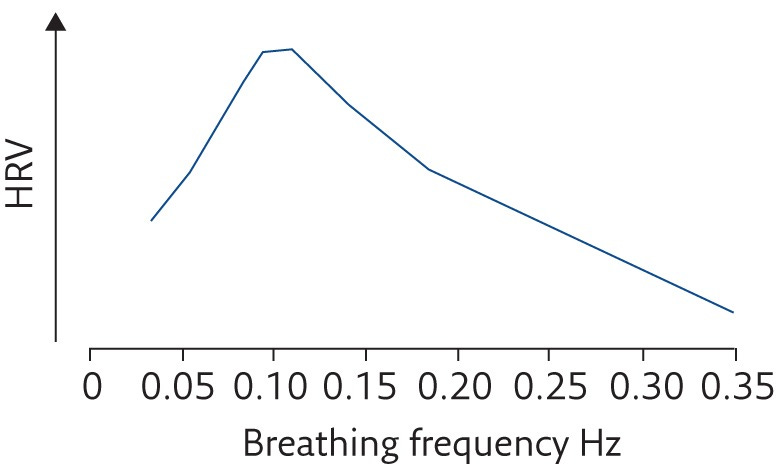



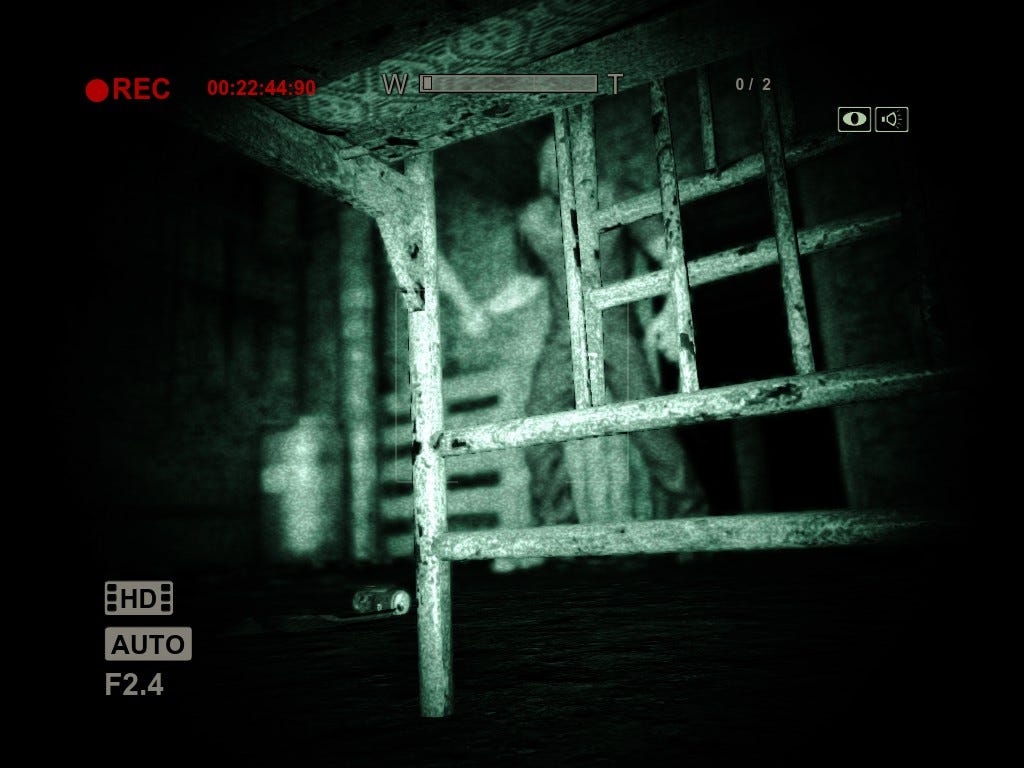
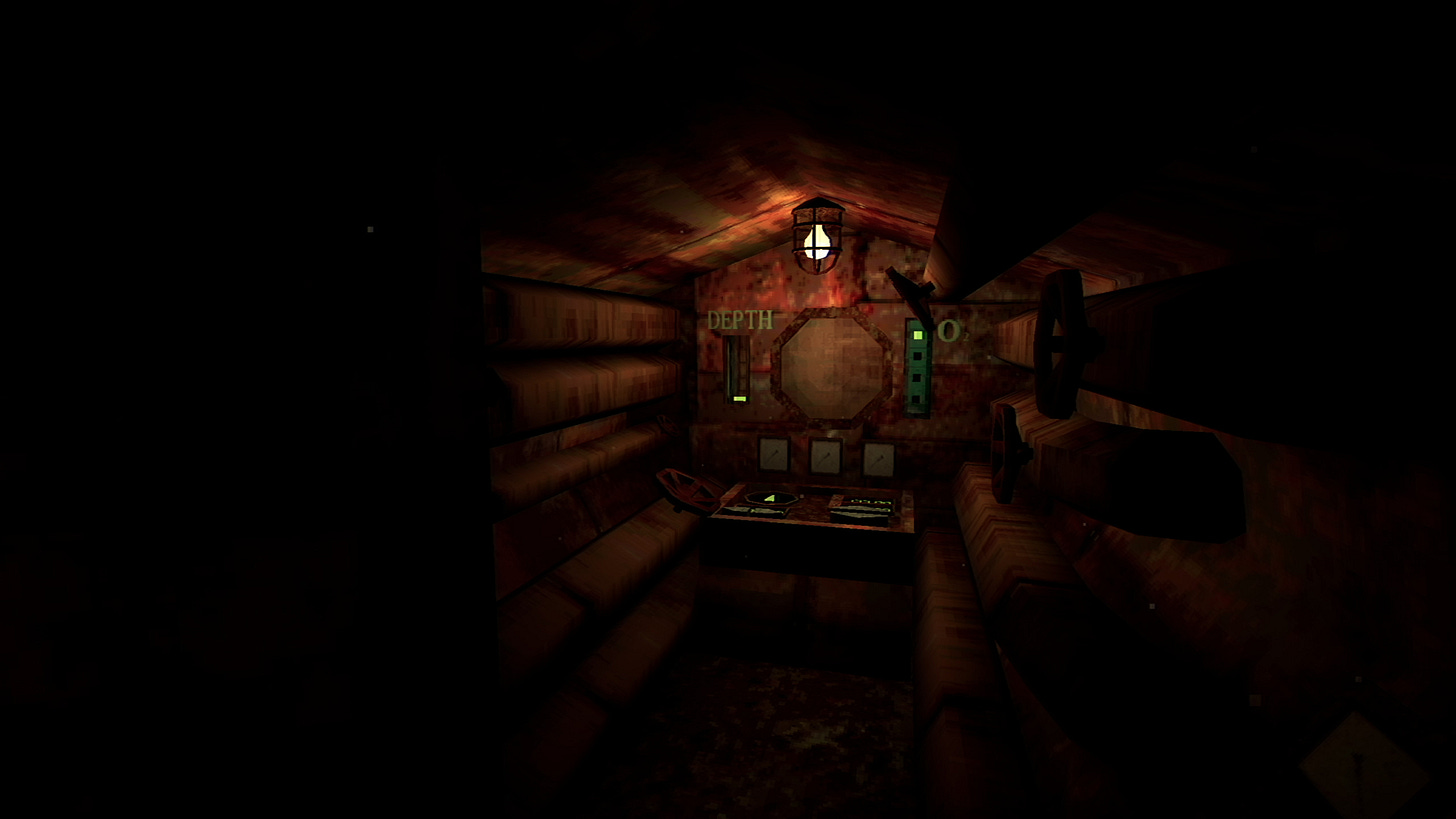


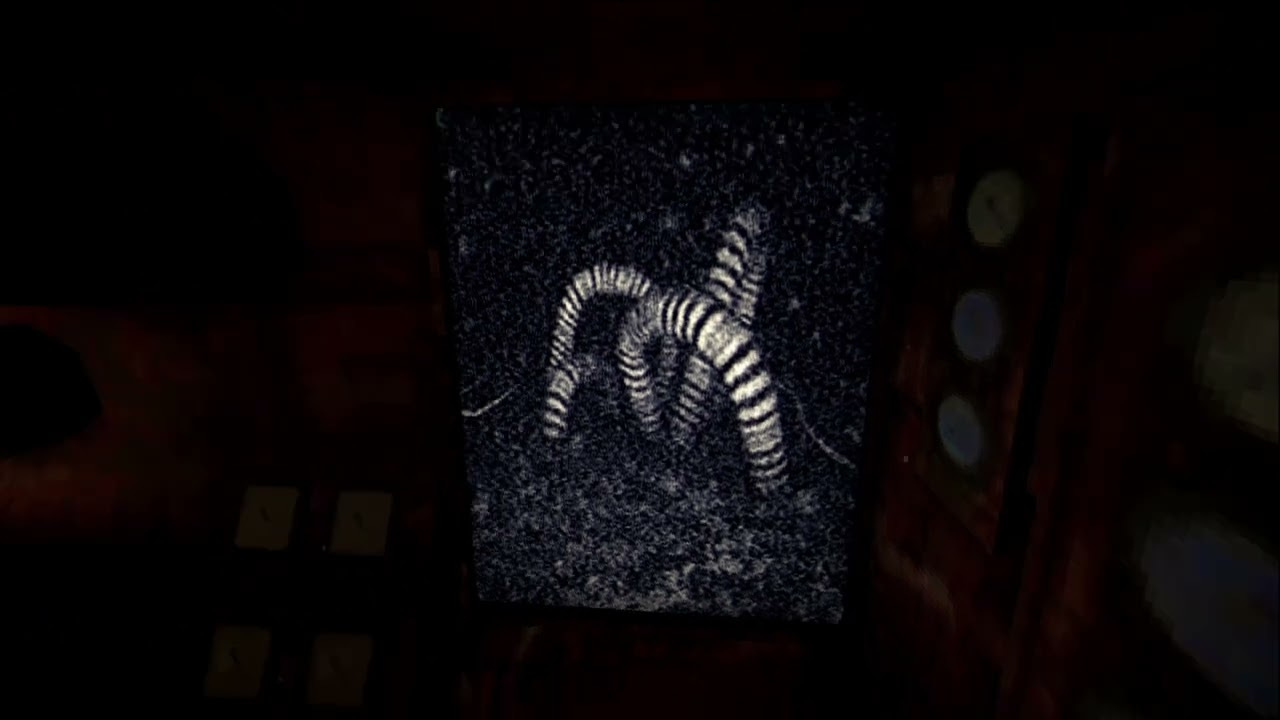


Such a cool read! Definitely love seeing the Tomb Raider mention as a massive fan of the franchise (and someone who definitely has anxiety about tight spaces) -- great work!!